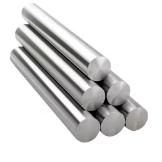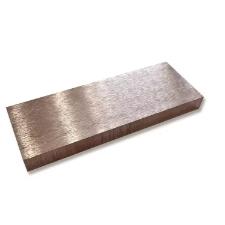**Title: Paper Plates in the Microwave: Why Metal and Plastic Make Sparks Fly**
(Why Is Okay To Put Paper Bowls And Plates In The Micro Wave But Not Metal, Ceramic, And Plastic?)
Ever stare at your leftovers on a paper plate and wonder, “Can this go in the microwave?” You zap it. Nothing bad happens. Then you see a shiny metal bowl or a fancy ceramic dish. You hesitate. Plastic containers? Maybe, maybe not. Why is the humble paper bowl usually safe while other things spell trouble? Let’s dig into the microwave’s secrets.
Microwaves cook using energy waves. Think of them like tiny, invisible waves of power. These waves excite water molecules inside your food. This excitement makes the molecules vibrate super fast. That vibration creates heat. That heat cooks your food. Simple. But what happens depends hugely on what the container is made of.
Metal is the big no-no. Metal reflects microwaves. It doesn’t let them pass through. Imagine shining a flashlight at a mirror. The light bounces right back. Microwaves hitting metal do the same thing. They bounce around wildly inside the oven. This causes sparks. You might see bright flashes like tiny lightning. This is bad. It can seriously damage your microwave. Worse, it could even start a fire. Metal forks, foil takeout containers, plates with gold trim – keep them far away.
Ceramic dishes seem sturdy. Many are labeled microwave-safe. But not all ceramics are created equal. Some have tiny air bubbles trapped inside. Some have hidden cracks. Water hides in these spaces. When microwaves hit the ceramic, they heat the trapped water. This water turns to steam. Steam builds pressure. Too much pressure and *crack*! Your favorite mug or bowl can shatter. Always check for that “microwave-safe” label on ceramics. It means the material is solid enough to handle the heat safely.
Plastic is tricky. Some plastics are fine. Many are not. The problem isn’t sparks or explosions. The problem is heat and chemicals. Cheap plastic or plastic not meant for microwaves can melt. You open the door to find a warped, gooey mess. Worse, hot food can make chemicals in the plastic leach out. These chemicals get into your food. Yuck. Nobody wants a side of plastic chemicals with their soup. Only use plastics clearly marked “microwave-safe.” Even then, avoid old, scratched containers. The damage makes them less safe.
So why is plain paper usually okay? Paper plates and bowls are mostly dry cellulose fibers. They contain very little water. Microwaves pass right through them easily. They focus their energy on the moist food inside. Paper also doesn’t reflect waves like metal. It doesn’t trap steam like risky ceramics. It won’t melt or leach chemicals like bad plastics. Basic paper is thin and lets the microwaves do their job on the food.
(Why Is Okay To Put Paper Bowls And Plates In The Micro Wave But Not Metal, Ceramic, And Plastic?)
But be careful. Some paper products have coatings. Some have shiny designs or plastic layers. Watch out for those. That coating might contain metal or plastic. Look for products specifically saying they are microwave-safe. Plain, uncoated paper is generally the safest bet. Remember, microwaves cook the water. If the plate gets hot, it’s usually because the hot food is heating it up, not the microwaves directly. The key is letting those energy waves reach your food without causing chaos in the container. Choose wisely next time you hit that start button. Your microwave will thank you.
Inquiry us
if you want to want to know more, please feel free to contact us. (nanotrun@yahoo.com)


